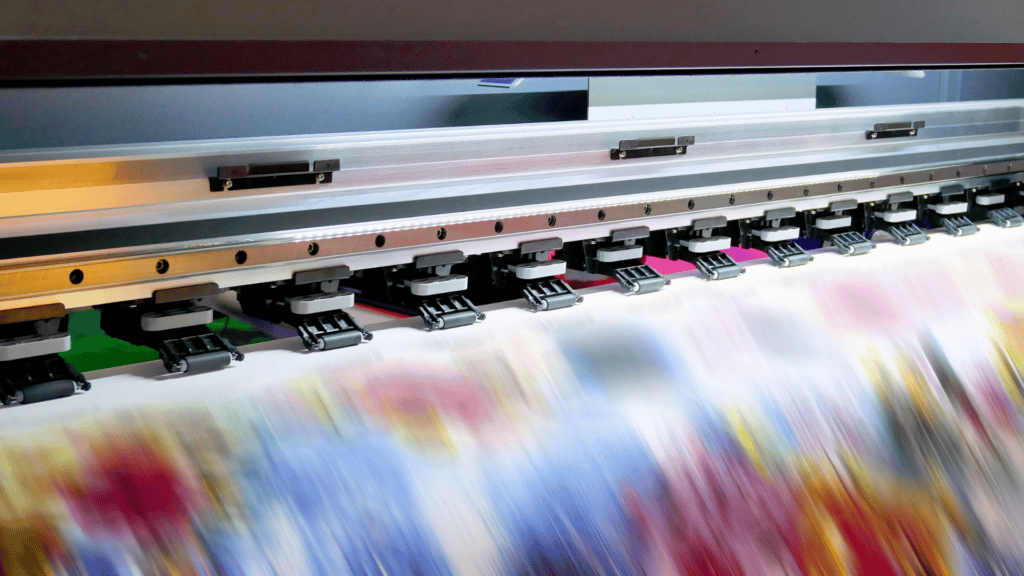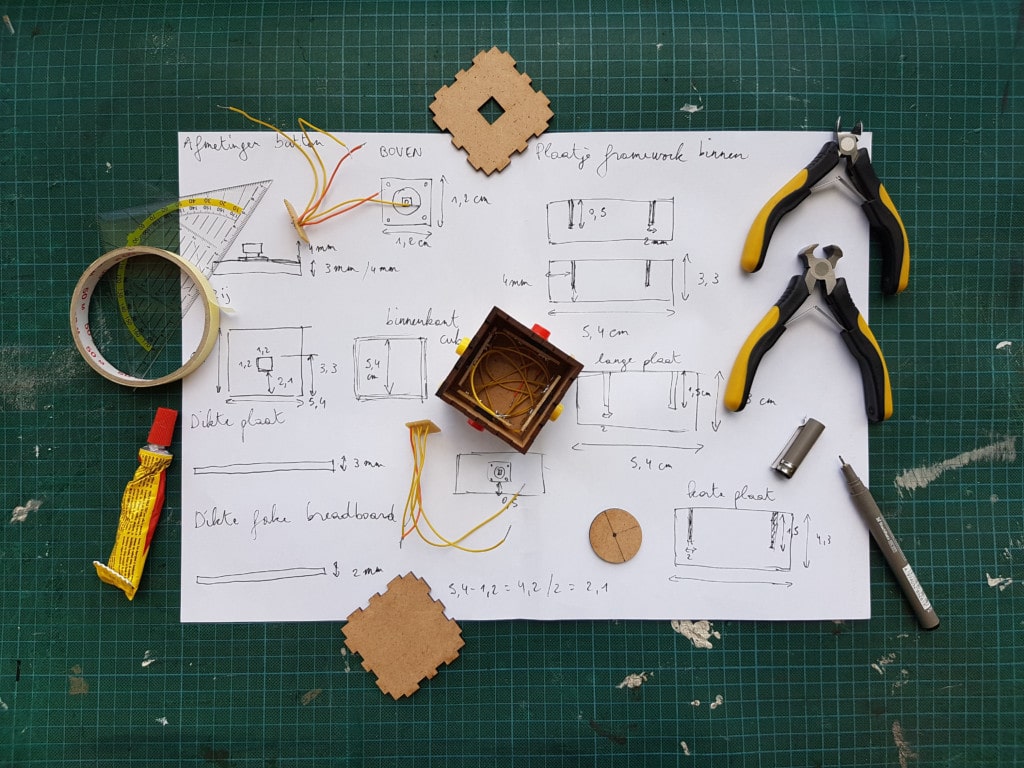Hey there. It’s Joe Slack from the Board Game Design Course. The Fulfullrite team asked me if I would be able to share my thoughts on how to choose the right game manufacturer. It’s always an honour to be asked to write a guest post and I was glad to do this. So, without further ado, let’s dive in!
I have run 4 Kickstarter campaigns (3 successes following 1 failure) and I have talked with several board game manufacturers about producing my games over the past few years. I ultimately decided to work with Magicraft for my last 3 projects for a variety of reasons, all of which we’ll discuss in this article and all of which are also important when considering who you want to work with.
In this article, we’ll look at where to find board game manufacturers, some manufacturers you might want to consider, how to contact them, along with all the factors that go into making your final decision about who you will ultimately work with.
Where to find board game manufacturers
Most board game manufacturers are located in China. While you will find the odd American, EU, or India-based board game manufacturer, you will find that those based in China often have more experience, better quality, more ability to produce custom components, and much better prices.
In fact, if you were to work with one of the few US-based manufacturers and needed minis or other components that are outside of the typical standard dice and cardboard, a lot of this would need to be outsourced to Chinese manufacturers anyhow. Typically, Chinese manufacturers produce better-quality games for a much lower price point.
So, with that being said, there is an excellent site with a listing of manufacturers and customer ratings that I highly recommend you check out:
https://boardgamemanufacturers.info/

This site lists many board game manufacturers, including their websites, ratings and comments, location, and more. This will provide you with a good head start and allow you to see what others are saying about their experiences working with these manufacturers.
Do note that this site also includes print-on-demand sites such as The Game Crafter, Board Games Maker, and Drive Thru Cards, so just be aware of this. These companies are great for providing prototypes and small-batch copies but aren’t in the business of mass manufacturing.
Manufacturers to consider
While a list like the one on the site mentioned above can be helpful, it can also be daunting to look at such a long list of options. After all, you just need one manufacturer, not dozens of them. So, it can help to narrow down this list.
Here is a short list of manufacturers that I would suggest looking into further:
- Magicraft
- Panda Game Manufacturing (high quality but may be priced higher than others)
- Longpack Games
- Gameland
- Bangwee
If you’re looking for more help with the whole process of getting your game manufactured and shipped to backers, it might also be worth considering Hero Time Manufacturing, a newer company that offers an all-in-one solution.

That doesn’t mean you shouldn’t consider other manufacturers. There are many other fine companies that you could work with. One other thing the Board Game Manufacturers page also does is include a list of a few games that each manufacturer produces. So, if you see a well-produced game that you love on their list, they could be worth considering as well.
How to contact manufacturers
If you were renovating your kitchen or replacing your roof, you’d want to get quotes from a number of different companies and compare them before deciding on who to work with. I recommend taking this same approach when it comes to finding a manufacturer for your board game.
Make a short list of manufacturers that you are considering and simply reach out to them. They make have a contact email or a form on their website with directions on how to obtain a quote, so just follow their process.
I suggest starting with one manufacturer first though. That way, you can determine all the specific details for each of your components and have this settled before reaching out to others. This will save everyone a lot of time. So, reach out to your top choice first.
Let them know the name of your game, along with a list of components and their quantities. Make sure to indicate the sizes for cards, boards, player mats, etc., along with the materials you want to use for each component (wood, plastic, cardboard, etc.). It can also help to share pictures of your prototype or digital files so that they can get a better feel for what you are trying to accomplish.
Also, make sure to indicate the quantity they will be using for their per-unit price. It helps to provide a range of quantities, as you don’t know in advance how successful your campaign will be. I recommend requesting the price per unit at 500, 1,000, 1,500, and 2,000 copies. If your campaign does even better than this, your price per unit will be even lower, so this will just be a better result for you and your backers if this is the case. This quote will also depend, of course, on the manufacturer’s minimum order quantity (MOQ).
You may not have all the information yet and you may not know whether you want to use 300 gsm or 320 gsm cards or exactly how thick your tokens will be, so you might need to go back and forth with the manufacturer to determine the ideal specs. Once everything is settled, you can approach the other manufacturers on your list with detailed specs and obtain quotes to compare.

Another approach, which is recommended by Hersh Glueck of Hero Time Manufacturing, would be to reach out to your manufacturer of choice and let them know what you want and what price per unit you’d like to achieve.
Admittedly, this may be difficult to determine for a first-time creator. However, you can always use the standard MSRP = 5 x landed cost model to first set your target price in retail and then determine how much you can spend per unit. Note that the landed cost here is equivalent to the manufacturing cost plus the cost to freight ship to your distribution or fulfillment center. So, basically how much it costs per game to get it produced and to where it needs to be.
This pricing model typically applies to games sold in retail and some publishers may even go upwards of 6 or 7 times the landed price to determine the MSRP, yet you don’t have to price your game on Kickstarter or any other crowdfunding platform this high. The profit margin from crowdfunding is significantly higher (you keep about 90% of the revenue) compared to selling to a distributor (who will pay roughly 40% of the MSRP). Still, this is one way to determine the MSRP, then you can choose to discount the game in retail later.
Now, let’s look at the factors you’ll want to consider when choosing a manufacturing partner.
Manufacturer criteria #1 – Cost
Cost is certainly an important factor, however, I caution you not to choose your manufacturer solely on this one element alone. You’ll likely receive quotes with similar costs but you might find some significant variations, particularly at lower order quantities. So, you’ll want to take this into account.
Your quote should break down the cost by component, which will be immensely helpful in determining which components are the most costly and where you might be able to potentially save some money.
The manufacturing cost will play a big part in your pricing, pledge level, and funding goal strategies. But you can also work with your manufacturer to determine if there are other ways or materials you could use to produce your game more cost-effectively, or alternatively, to make your game feel more premium.

Manufacturers know the ins and outs of production, so work with them closely to determine where you can make changes based on your needs.
Manufacturer criteria #2 – Communication
The importance of good communication cannot be understated.
Do they reply quickly and answer all the questions you have?
Can your manufacturer provide a quote or update an existing quote based on changes you’ve made relatively quickly?
Can they help you to bring costs in line with your budget?
Will they be able to respond to questions during your campaign quickly to help you determine if new stretch goal ideas are feasible and what this will do to your costs?

Make sure that you have a dedicated contact (most likely a project manager) and that they communicate reliably with you.
Manufacturer criteria #3 – Quality
You probably want your game to look as good as it plays. So, it’s important to ensure that your manufacturer can produce a great quality game with components that look amazing and that will last.

One way to judge this is based on the quality of the components for other games they manufacture. Ask them which other games they produce or look at their website or the Board Game Manufacturers page, as you will find some of this information there.
Before you go into production, your manufacturer will also provide you with a physical sample of your game, which will give you a good indication of the quality. However, this happens well down the road, so you’ll want to have a good idea of their quality before this.
Manufacturer criteria #4 – Other factors
You might have other criteria as well you’d like to consider. For example, although production timelines will be reasonably similar from one manufacturer to the next, this is something you can certainly ask about. For smaller quantities of games, they will likely be in the 30-45 day range.

Minimum order quantity (MOQ) may also be an issue, as you’ll likely want your manufacturer to have a MOQ of 500 copies in case your campaign only barely funds. You really don’t want to have a ton of extra copies to store unless you have a plan to sell them quickly. The price point may not be great for 500 copies, but at least it will be an option.
Your manufacturer may also be able to coordinate or provide freight shipping. Possibly also fulfillment. This is something you’ll have to determine the importance of.
Another thing you can do is ask for referrals. Request the names and contact info for a few other publishers this manufacturer has worked with who are willing to chat with you and reach out to them. Ask them for their thoughts on communication, quality, hidden costs or anything else that might concern you.
Thanks again to the Fulfillrite team for asking me to write this guest blog!

If you’re thinking about launching your game on Kickstarter sometime in the future, check out my free Kickstarter Success Checklist. It will give you step-by-step pre-launch steps, a list of important tasks to complete right after you hit launch, and tips on how to keep your campaign going strong.
Joe Slack is a board game designer, publisher, instructor, and the author of the #1 international best-selling book, The Board Game Designer’s Guide, along with 3 other books on game design. He has taught Game Design and Development at Wilfrid Laurier University and runs the Board Game Design Course, an online course for new game designers. Joe has 4 games published with other publishers (Zoo Year’s Eve, Kingdom’s Candy: Monsters, Four Word Thinking, and King of Indecision) and one self-published game (Relics of Rajavihara) and expansion (Montalo’s Revenge).





